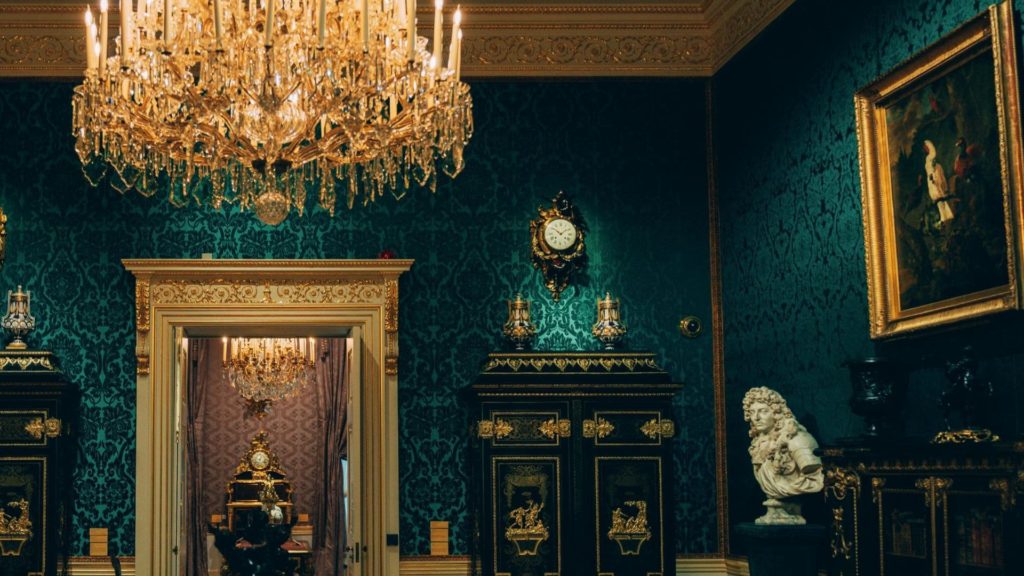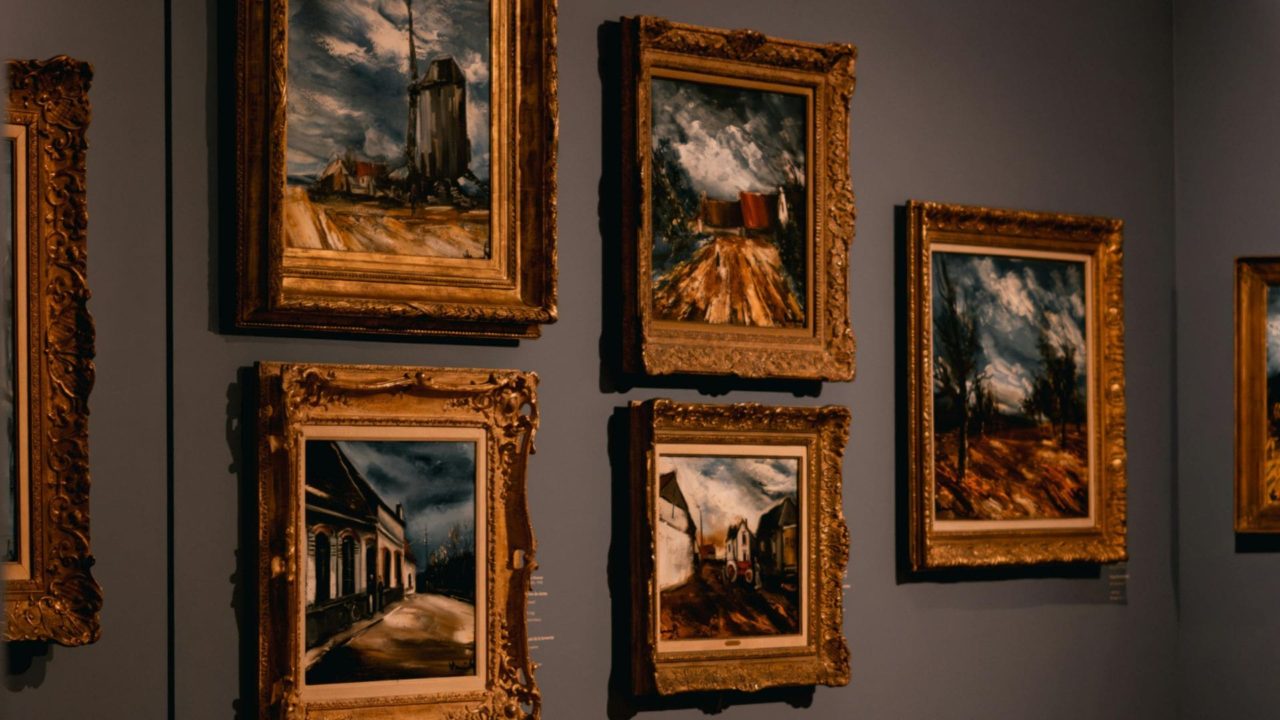The art market occupies a singular position in the world of luxury where culture, capital, and exclusivity intertwine. It is not merely a sector of commerce, but a mirror of global wealth, taste, and transition. As the luxury landscape evolves in response to economic shifts, generational change, and digital acceleration, the art world too is being redefined.
This summary is based on insights and data from The Art Basel and UBS Art Market Report 2025 by Arts Economics, the leading annual publication that tracks, analyzes, and interprets the global art market. Authored by cultural economist Dr. Clare McAndrew and jointly published by Art Basel and UBS, the report serves as the definitive reference for market trends, collector behavior, regional performance, and structural shifts in the art trade.
Drawing from extensive research across galleries, auction houses, private sales, and global wealth data, the 2025 edition presents a complex yet revealing portrait of a market in transition. While total sales contracted, activity at the lower and mid-market levels expanded. Traditional powerhouses like the U.S. and U.K. reassessed their roles, digital platforms solidified their influence, and a new generation of collectors reshaped the motivations behind acquisition.
Global Sales and Shifting Values
Despite economic and political instability, the global art market continues to reflect a complex interplay of contraction and resilience.
- Global art sales declined by 12% in 2024, reaching $57.5 billion—the second year of retraction after pandemic recovery highs.
- Transactions rose by 3% to 40.5 million, fueled by an active mid-to-lower-price segment.
- Dealer sales declined 6%, auction sales fell 25%, but private sales surged 14%, particularly at high-end auction houses.
While value at the top wanes, the market is thriving at its base. Smaller dealers (under $250,000 turnover) posted 17% growth, benefitting from more agile pricing and the appetite for entry-level collectors.
Regional Highlights
A closer examination of the global art market distribution in 2024 reveals clear regional contrasts shaped by macroeconomic pressures, political uncertainty, and evolving collector behaviors. While the United States maintained its leadership, shifts in China, Europe, and parts of Asia signaled changing momentum and emerging patterns of resilience or vulnerability across key art hubs.
- United States: The U.S. remained the undisputed leader, accounting for 43% of global art sales, despite a 9% year-over-year decline, bringing total sales to $24.8 billion. The downturn reflects a cooling of high-end activity amid political uncertainty and anticipated tax reforms.
- United Kingdom: The UK regained its position as the second-largest market, with 18% of global sales totaling $10.4 billion. Despite a 5% decrease in value, its relatively better performance compared to China ensured its rise in the rankings.
- China (Mainland & Hong Kong): The Chinese market experienced the sharpest contraction among the top regions, with sales falling by 31% to $8.4 billion—its lowest level since 2009. Contributing factors included sluggish economic growth and a continued slump in the property sector.
- Continental Europe: In France sales declined by 10%, but the country maintained its position as the fourth-largest market globally. In Germany there was a registered a more modest decline of 4%, still reflecting broader European softness.
- Asia: Japan was notably resilient, the Japanese market grew by 2%, standing out as one of the few to post gains in 2024. South Korea, however, suffered a 15% decline, echoing regional economic headwinds and softer collector sentiment.
This regional breakdown highlights a shifting landscape, with Western markets displaying cautious resilience, China facing significant headwinds, and Japan quietly gaining momentum amidst broader Asian volatility.
Online Market & E-Commerce
The digitization wave that surged in 2020 has normalized but remains structurally important. Online art sales fell 11% to $10.5 billion, yet remain 76% above pre-pandemic levels. On the other hand, 18% of total sales occurred online—well below the 2020 peak (25%), but double 2019 levels. Luxury buyers are now digitally literate and cross-channel fluent. Surveys of high-net-worth individuals (HNWIs) show that 52% now prefer online dealer purchases, compared to only 30% in 2023.
The Cultural Psychology of Collecting
A generational and philosophical shift is redefining what it means to be a collector in the luxury sphere:
- The Great Wealth Transfer is underway, with $84 trillion projected to pass across generations over the coming decades.
- Younger collectors prioritize social impact, sustainability, and digital fluency, often favoring artists and works aligned with personal values.
- Mainland Chinese collectors currently allocate 27% of their wealth to art—the highest globally—reflecting a deepening cultural and financial commitment.
This new wave of collectors is motivated less by status and more by substance. They value narrative over name, and invest in artworks that speak to heritage, identity, innovation, or activism.

Auction and Dealer Realignment
As market conditions shift, institutions are recalibrating their strategies and structures:
- Christie’s and Phillips expanded their staff, signaling growth ambitions, while Sotheby’s underwent strategic downsizing.
- Private sales are rising in prominence, offering discretion and flexibility in an increasingly private-leaning market.
- 31% of dealer sales occurred through art fairs, underscoring the enduring importance of in-person events.
- Art fairs have returned as essential global stages for discovery, networking, and visibility, with overseas participation rising.
The art fair remains the cultural equivalent of the runway show—a physical manifestation of taste, influence, and presence.
Economic Outlook and Risk Factors
The art world does not exist in isolation; it is deeply intertwined with broader macroeconomic currents. Global inflation is expected to decline to 4.2% in 2025, offering some relief to discretionary sectors such as the art market. However, ongoing trade tensions, the resurgence of tariffs, and increasing cultural protectionism—particularly in the United States and the European Union—pose significant long-term risks to the fluidity of international art transactions. Despite these challenges, UBS projects a “soft landing” for developed economies, providing a cautiously optimistic outlook for continued investment and engagement in the luxury and art sectors.
The Art Basel & UBS Art Market Report 2025 confirms what collectors and advisors already sense: we are at a turning point. Value is no longer solely monetary. The luxury collector of tomorrow seeks context, narrative, and conscience. They are digitally adept, globally mobile, and often privately inclined. For the luxury world, art is no longer a mere acquisition—it is alignment. And in that alignment lies a deeper truth: that the rarest objects of all are those that endure not just in provenance, but in meaning.
To read the full report by Arts Economics, visit https://theartmarket.artbasel.com/
Stay up to date on the latest luxury industry news: https://worldluxurychamber.com/insights-news/





